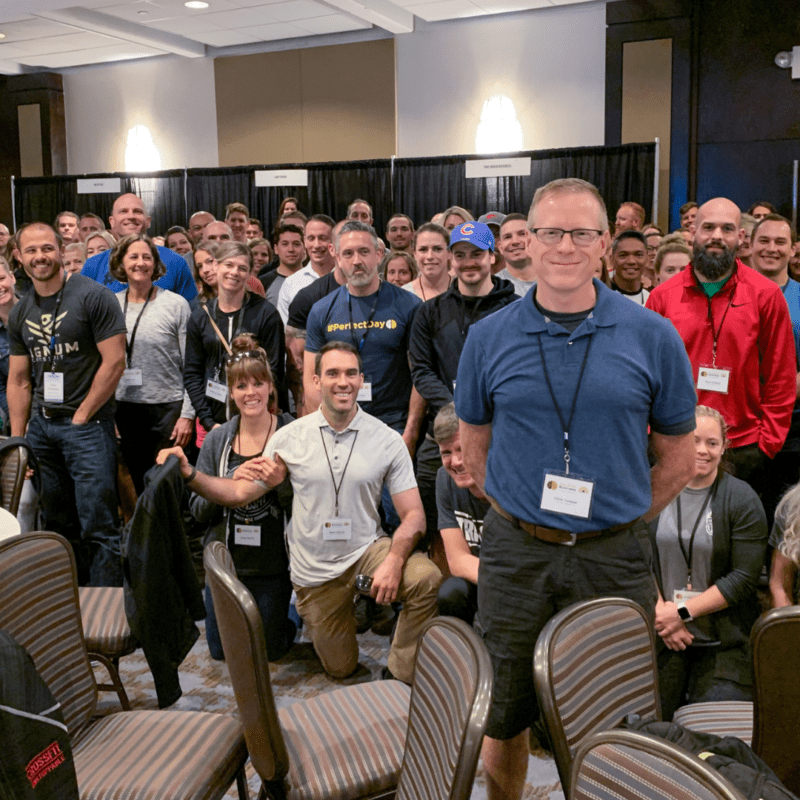How the wrong marketing can actually hurt what matters: your retention rate. “Customer satisfaction is useless. Customer loyalty is priceless.” Jeffrey Gitomer Plot twist: my parents own a tea house. They sell carbs galore. Delicious carbs, for cheap. They host a lot of private events: birthday parties for old people, retirements, and sometimes wakes. Because the guest of honor is usually old and tired (or dead and awkward), many of their invitations say “come and go” on them. They mean, “Have a short visit, but don’t stay forever.” So people wander in, have a drink or a tea, stop at the bathroom, and get home before Matlock. They don’t expect to stay for long. Obviously, we don’t want new CrossFitters to stay only for a few weeks, and then leave. We don’t want them to have an exit strategy. Even when we advertise a six-week challenge, which has a clear endpoint, we try to convince them to stay at the end. Here’s the problem: when you flood your gym with new people, you dilute the attention given to your current guests. Greg and I both started as Personal Trainers. We worked with one client at a time. Then, eventually, we added a second client in the same slot. Now our attention was split, but the net benefit to each client was still positive, because they had some support and friendly competition. When we added a third client, the support and competition became more anonymous, but some clients liked it even better. So the group model evolved. But if you’re selling group fitness, and the group continues to swell, you’ll soon reach a point where each individual member of the group receives diminishing levels of 1:1 coaching. That makes coaching a one-way conversation (more like group choreography than coaching, really). The client doesn’t have a clear relationship with you or the coaches, ...
Read More →
